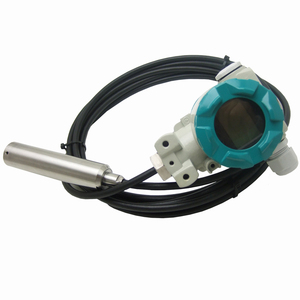Understanding Petrol Pressure Sensors
A petrol pressure sensor is an essential component in the fuel management system of an internal combustion engine. Designed to monitor and regulate the fuel pressure within the system, this device ensures optimal performance and efficiency. By providing real-time data about the fuel pressure, it enables more precise fuel injection, thereby improving engine performance and reducing emissions.
Types of Petrol Pressure Sensors
- Piezoelectric Pressure Sensors: Utilizes the piezoelectric effect to provide accurate pressure readings. These sensors are known for their quick response times and high sensitivity.
- Strain Gauge Sensors: Employs a strain gauge to measure pressure differences. Commonly used in many automotive applications, they are recognized for their durability and reliability.
- Capacitive Pressure Sensors: Measures pressure through changes in electrical capacitance. They are preferred for their robustness in extreme environments.
- Optical Sensors: Implement light to measure changes in pressure. Although less common, they offer advantages in terms of accuracy and sensitivity.
Applications of Petrol Pressure Sensors
- Automotive Industries: Widely used in vehicles to monitor fuel systems, enhancing overall engine efficiency and performance.
- Fuel Injection Systems: Integral for optimizing the fuel supply to the engine, ensuring the correct fuel-air mixture for combustion.
- Diagnostic Systems: Plays a critical role in on-board diagnostics by providing crucial data for system assessments and troubleshooting.
- Performance Tuning: Essential for tuning engines to achieve maximum performance, especially in racing applications where every detail matters.
Features and Advantages of Petrol Pressure Sensors
- High Accuracy: Provides precise measurements that are essential for maintaining optimal fuel pressure, which directly influences engine performance.
- Durability: Engineered to withstand harsh automotive environments, ensuring longevity and consistent performance.
- Compact Design: Allows for easy installation in various locations within the fuel system without requiring significant modifications.
- Enhanced Fuel Efficiency: By monitoring and optimizing fuel pressure, these sensors help in reducing fuel consumption and emissions, aligning with modern environmental standards.
- Real-Time Monitoring: Delivers instantaneous feedback, allowing for rapid adjustments in the fuel system, thus improving engine responsiveness.

































































































































































































































































 浙公网安备 33010002000092号
浙公网安备 33010002000092号 浙B2-20120091-4
浙B2-20120091-4